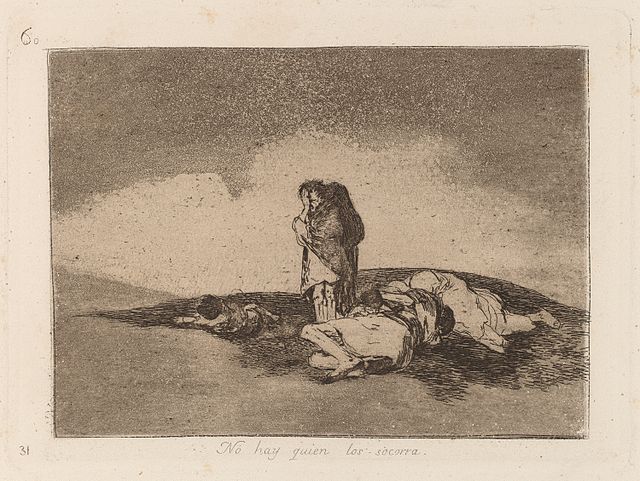Pierre Bonnard was a French painter, illustrator and printmaker, known especially for the stylized decorative qualities of his paintings and his bold use of color. A founding member of the Post-Impressionist group of avant-garde painters Les Nabis, his early work was strongly influenced by the work of Paul Gauguin, as well as the prints of Hokusai and other Japanese artists. Bonnard was a leading figure in the transition from Impressionism to Modernism. He painted landscapes, urban scenes, portraits and intimate domestic scenes, where the backgrounds, colors and painting style usually took precedence over the subject.
Bonnard, c. 1899
A Barracks Scene by Pierre Bonnard (probably about 1890). His first Nabi painting, a souvenir of his brief military service
Pierre Bonnard, Self-portrait, c. 1889
Woman with a Dog (1891), Clark Art Institute. The checked blouse was inspired by Japanese prints.
Printmaking is the process of creating artworks by printing, normally on paper, but also on fabric, wood, metal, and other surfaces. "Traditional printmaking" normally covers only the process of creating prints using a hand processed technique, rather than a photographic reproduction of a visual artwork which would be printed using an electronic machine ; however, there is some cross-over between traditional and digital printmaking, including risograph.
Katsushika Hokusai The Underwave off Kanagawa, 1829/1833, color woodcut, Rijksmuseum Collection
Rembrandt, Self-portrait, etching, c. 1630
Francisco Goya, There is No One To Help Them, Disasters of War series, aquatint c. 1810
Ernst Ludwig Kirchner, Portrait of Otto Müller, 1915








